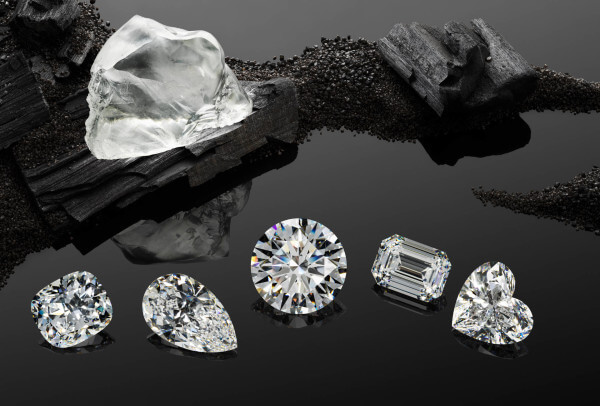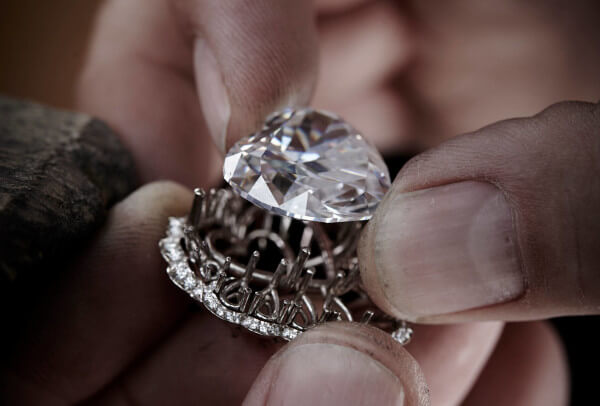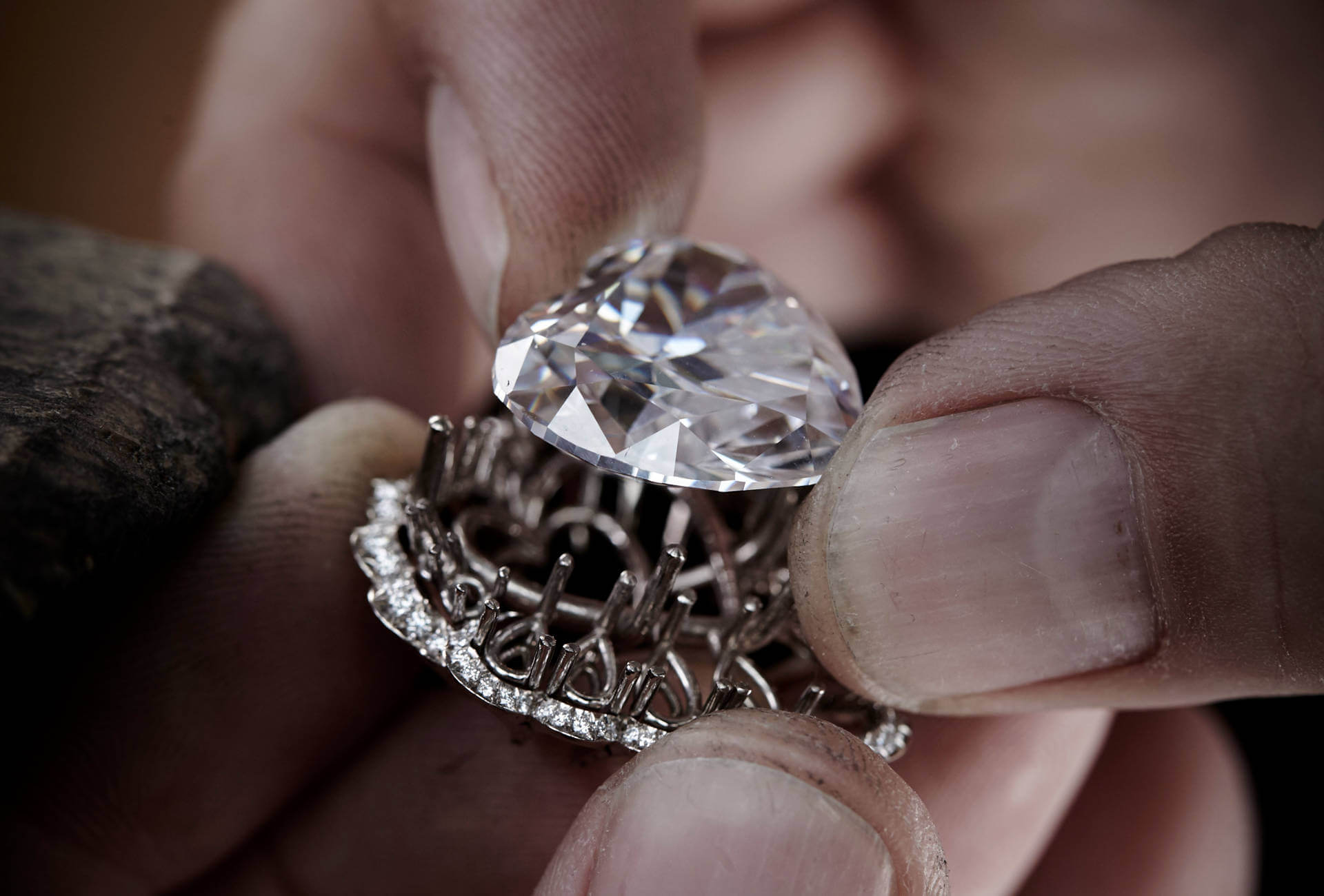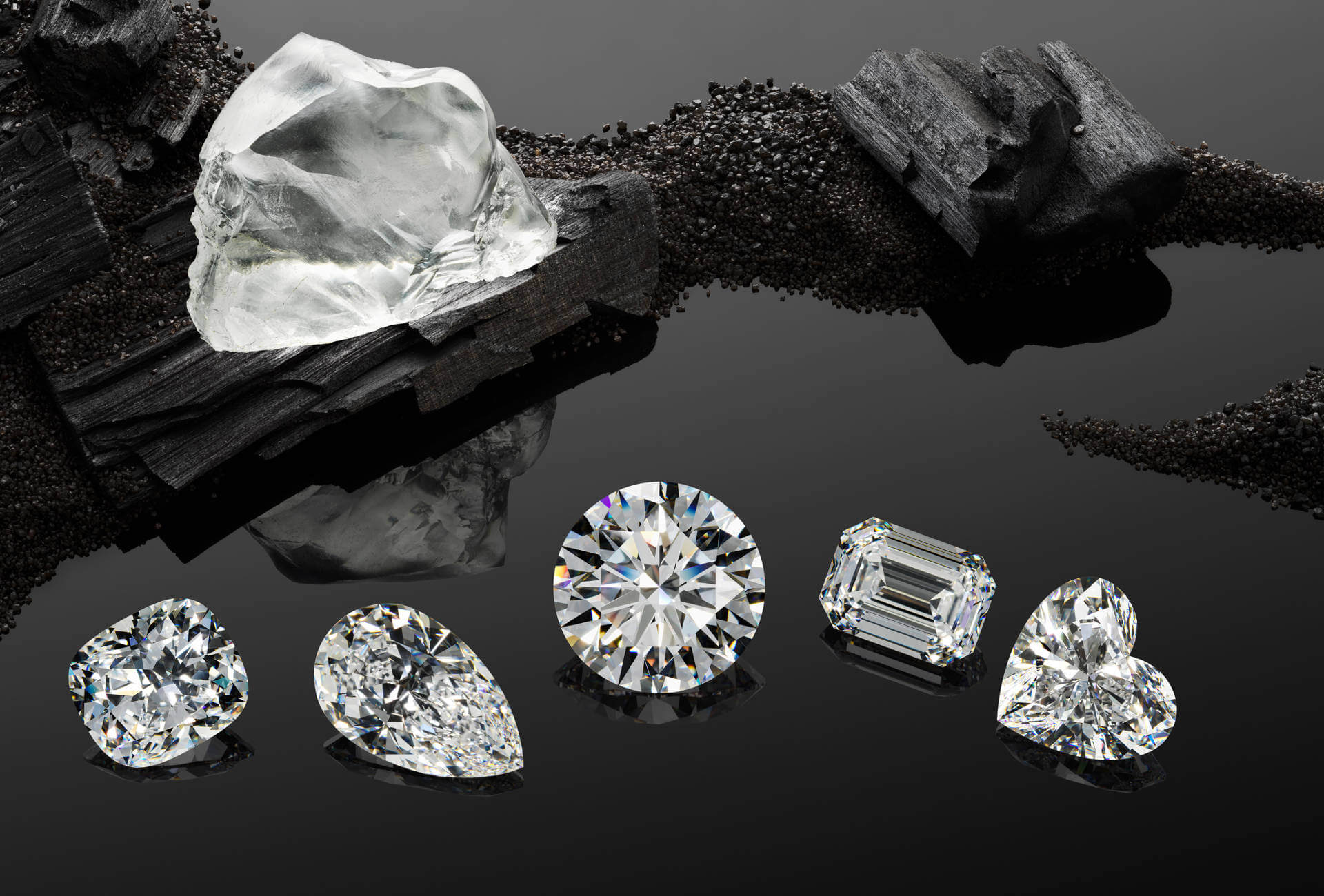“$15 per carat today compared with $60 two years ago.” Wuyi Wang, Director of Research and Development at the Gemmological Institute of America (GIA), is not a happy man. “Right now, in China, there are a thousand presses producing 200,000 carats of synthetic diamonds every month. And manufacturers are looking at limitless growth!” Already last November, laboratories were sending out warning signals. Increasingly, small synthetic diamonds – colourless and of excellent quality – were turning up in batches of natural diamonds. In response, on April 6th the Association Romande des Métiers de la Bijouterie (ASMEBI) organised a lecture and round table on the subject. “We’re hearing figures of two million carats, produced in China, in Singapore, but also India and Russia. That’s 2% of world diamond production,” comments Jean-Marc Lieberherr, CEO of the Diamond Producers Association. One reason synthetic diamond production has reached these proportions is the availability of cheaper, reliable equipment. Presses can be bought on Alibaba.com starting at a very “reasonable” $100,000.
Production methods have developed to the point that it is now possible to create gem-quality diamonds on a large scale; a long way from the first synthetic diamonds that were created in 1952.
An almost identical twin
Because they share the same physical and chemical properties as natural stones – exceptional hardness (10 out of 10 on the Mohs scale) and an excellent light refraction index – synthetic diamonds are of interest to numerous industries where the stone’s aesthetic qualities and authenticity are unimportant. For the watch and jewellery segments, on the other hand, nothing can rival a real diamond. While it may have exactly the same composition – pure crystallised carbon – there is nothing rare or precious about an artificial stone. One is mechanically ground out, the other comes out of the ground, formed in the Earth’s mantle then pushed to the surface after billions of years by volcanic activity. A symbol at the heart of the “Real is Rare” campaign.
Either of two techniques are used to make synthetic diamonds: the “microwave method” (CVD – chemical vapour deposition) and one that more closely resembles natural formation (HPHT – high pressure, high temperature). Production methods have developed to the point that it is now possible to create gem-quality diamonds on a large scale; a long way from the first synthetic diamonds that were created in 1952. Incidents of artificial gems “polluting” batches of natural yellow diamonds have been recorded since 2010, hence yellow diamonds are systematically controlled. White synthetic diamonds used to cost more than the genuine article. However, advances in technology in the last couple of years have caused prices to fall. Significantly. “For a small market, such as for yellow diamonds, it’s a small problem. But for a huge market, such as small white diamonds, it’s a huge problem!” explains Dr Thomas Hainschwang from GGTL Laboratories Liechtenstein.

The cuckoo in the nest
Small natural diamonds are generally sold as a melee of loose stones, often from the same mine, that will pass through numerous hands, from cutter to retailer, before reaching the end customer. At each step of the way, synthetic stones can find their way into the batch, mainly due to ignorance of the problem. The situation is confounded by the fact that “not all of the 31 diamond bourses ban the selling of synthetic diamonds. Also, synthetic diamond producers are often located near cutting centres,” comments Jean-Pierre Chalain, Head of the Diamond Department and Deputy Director of the Swiss Gemmological Institute.
Experts are unanimous that sampling is no longer a sufficient precaution. Previously, diamond melees were authenticated based on analysis of a few randomly selected stones. The arrival of large volumes of these gem-quality small synthetic stones implies across-the-board testing using specialised equipment. “It’s always a race between the people who produce synthetic diamonds and the people who detect them,” comments Charles Chaussepied, Vice-Chairman of the Responsible Jewellery Council. Which means testing phenomenal amounts of stones!
Ideally, synthetic diamonds should have been called something else. Carbonite, for example.
The end customer should always request a document attesting to a diamond’s “history”, be it natural or synthetic. “China has started controlling the flow of synthetic diamonds, which is a big step in the right direction,” says Jean-Pierre Chalain. “Also, the World Federation of Diamond Bourses is campaigning for synthetic diamonds to be graded differently to natural diamonds.” On this note, the GIA issues separate certificates for synthetic diamonds.
Consumers kept in the dark
Production is one aspect of the problem; informing the public is another, and equally important when dealing with two products that look the same, share the same properties, but are totally different. “Ideally, synthetic diamonds should have been called something else. Carbonite, for example. But the response came too late,” admits Jean-Marc Lieberherr. According to Laurence Chevillon, Director of Development and Quality at Union Française de la Bijouterie, Joaillerie, Orfèvrerie, des Pierres et des Perles, consumers can be easily misled as to what they are buying. Sales staff may try to convince a customer that artificial diamonds are environmentally sustainable or respectful of human rights, although there is nothing to back these claims. Terminology can also cause confusion: there is no law against selling synthetic diamonds; calling them genuine, natural or pure, on the other hand, is not allowed. Lastly, as with any profitable and insufficiently monitored market, a synthetic diamond that has fraudulently found its way into the system is almost certainly of dubious provenance in terms of legality, environmental protection and working conditions (counterfeiting, which can serve to fund criminal activity, poses similar problems).

Franck Ziemer is President and CEO of Ziemer Swiss Diamond SA, a company producing synthetic diamonds in Switzerland. He asks “why see a threat where really there is opportunity? Will we manage to do better than nature itself?” While artificial diamonds may be the fly in the ointment right now, because of inadequate controls, the market has huge potential nonetheless. High-tech industries and the fashion jewellery segment are beating a path to producers’ door. When it comes to the high end of the market, the situation is less clear-cut. As the global economy continues to mark time, the trend is for “accessible” luxury and entry-level products. Are these cheaper artificial diamonds a way to attract the attention of Millennials, the new generation of consumers that every brand has in its sights? Are synthetic diamonds an opportunity not to be missed? It’s a question with as many answers as there are brand identities. What price sparkle?














